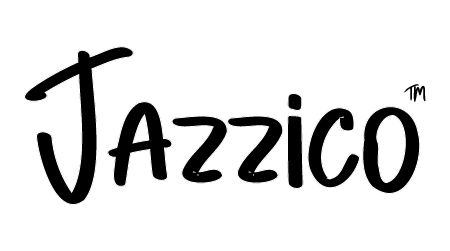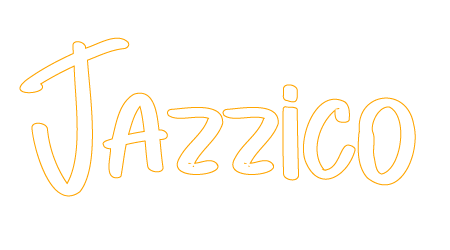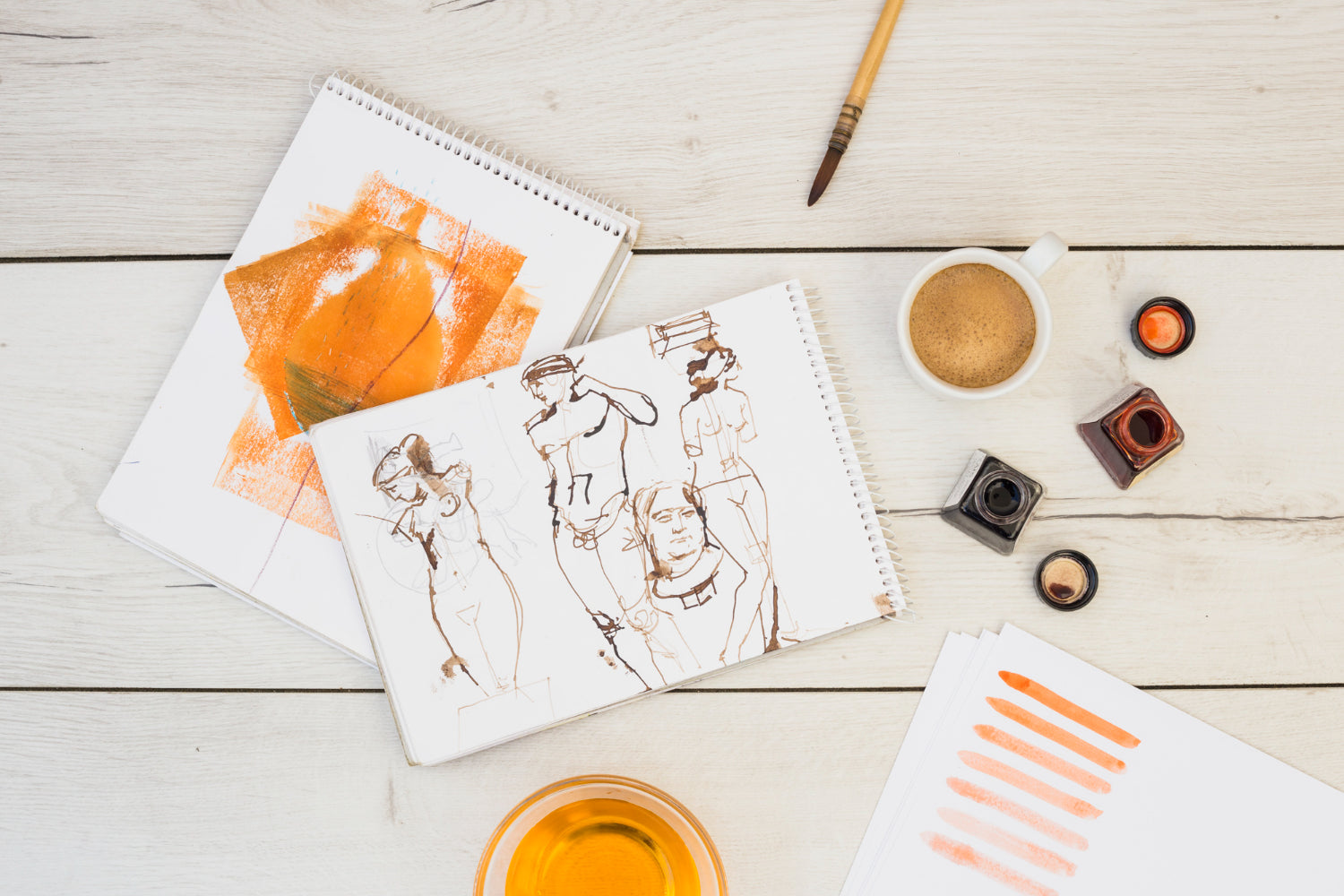Introduction
As an artist, a sketchbook is more than just a notebook; it is a sanctuary of creativity and a playground for ideas to come alive. Whether you are a seasoned artist or a beginner, a sketchbook is an essential tool that can unlock your imagination and elevate your artistic journey. In this article, we will delve into the world of sketchbooks, exploring various tips and techniques to make the most out of these blank pages. From selecting the right sketchbook to trying out different mediums, we've got you covered.
Choosing the Perfect Sketchbook
Before diving into the artistic realm, selecting the right sketchbook is crucial. There are various types of sketchbooks available in the market, each catering to different artistic needs. Here are some factors to consider when choosing the perfect sketchbook:
1. Size Matters
The size of your sketchbook matters, and it largely depends on your preference and artistic style. A smaller sketchbook is convenient for on-the-go sketching, while a larger one provides ample space for intricate details and larger compositions.
2. Paper Quality
The type of paper used in a sketchbook can greatly impact your artwork. For pencil sketches, a smooth paper with minimal tooth is ideal, while ink and watercolor artists would benefit from heavier paper with good absorbency.
3. Binding and Cover
The binding and cover of a sketchbook can affect its durability and usability. Choose between spiral-bound, stitched, or hardcover sketchbooks based on your preferences.
Sketching Techniques and Styles
A sketchbook is a versatile platform to experiment with various techniques and styles. Here are some sketching techniques that can help you explore your artistic range:
4. Gesture Drawing
Gesture drawing involves capturing the essence of a subject with quick and expressive lines. It helps improve your ability to observe and depict movement, making it an excellent warm-up exercise.
5. Shading and Hatching
Mastering shading and hatching techniques adds depth and dimension to your sketches. Play with different levels of intensity and line spacing to achieve various effects.
6. Still Life Sketching
Practicing still life sketching allows you to study objects' forms, textures, and lighting. It enhances your attention to detail and sharpens your observational skills.
Expanding Your Mediums
A sketchbook is not limited to just pencils and charcoal; it is an open invitation to experiment with different mediums. Embrace the creative freedom and explore these mediums:
7. Ink Pen Sketching
Ink pen sketching offers a bold and permanent line that adds character to your sketches. It challenges you to be confident in your strokes and to embrace imperfections.
8. Watercolor Exploration
Watercolor sketching introduces a vibrant and translucent element to your artwork. It allows you to play with washes and create stunning color gradients.
9. Mixed Media Magic
Combine various mediums such as ink, watercolor, and colored pencils to create mixed media sketches that are uniquely yours.
Keeping a Sketchbook Journal
A sketchbook can also serve as a personal journal of your artistic growth and daily experiences. Here's how to maintain a sketchbook journal:
10. Regular Practice
Make sketching a part of your daily routine to nurture your skills and record your creative journey.
11. Capture Memories
Use your sketchbook to capture special moments, places, and people in your life. This adds sentimental value to your artwork.
12. Embrace Mistakes
Don't be afraid to make mistakes in your sketchbook; treat it as a safe space to learn and improve.
Conclusion
Sketchbooks for artists are more than just collections of drawings; they are portals to imagination and self-expression. By selecting the right sketchbook, exploring different techniques and mediums, and keeping a sketchbook journal, artists can enhance their artistic prowess and unleash their creative potential.
FAQs
-
Can I use a sketchbook for professional artwork? Absolutely! Many professional artists use sketchbooks as a foundation for their artwork and creative processes.
-
How often should I sketch in my sketchbook? It's best to sketch regularly, even if it's just a few minutes each day. Consistent practice improves your skills over time.
-
Can I use watercolor in any sketchbook? While some sketchbooks are specifically designed for watercolor, others may not handle water well. Look for sketchbooks with thick, watercolor-friendly paper.
-
Do I need to carry my sketchbook everywhere? Carrying your sketchbook with you allows you to capture inspiration on the go, but it's not mandatory. Sketch whenever you feel inspired.
-
What if I don't like my sketches in the sketchbook? Don't be discouraged by imperfect sketches. Embrace them as part of the learning process and an opportunity to grow as an artist.





Leave a comment
All comments are moderated before being published.
This site is protected by hCaptcha and the hCaptcha Privacy Policy and Terms of Service apply.